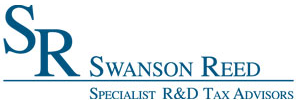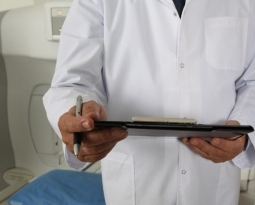Kentucky Patent of the Month – September 2023
Advanced Solutions Life Sciences, LLC, experts in biofabrication, have recently been granted a patent for their supplementary rotary axis for their 3D printer. The company has pushed the boundaries of additive manufacturing, developing their BioAssemblyBot 3D Biofabrication Technology, marketed as BAB. BAB is an intelligent agile robotic system used to build and assemble biological structures.
The supplementary rotary axis supports this 3D printing assembly, bringing a new dimension to additive manufacturing. This cutting-edge 3D printer offers enhanced capabilities for producing both axisymmetric and non-axisymmetric constructs.
Traditional 3D printers rely on Cartesian coordinates, which can sometimes lead to inefficient printing routes, consuming valuable time and resources. The Advanced Solutions 3D printer addresses this issue by introducing an alternative coordinate system, making printing more efficient and versatile.
At the heart of this innovation is a multi-axis robot arm with a deposition end effector. This robot arm can move in both radial and longitudinal dimensions, allowing precise positioning of the deposition end effector. However, what truly sets this 3D printer apart is its rotating adjustable print stage. This stage includes a rotary unit and a mandrel that can rotate around its axis.
The mandrel has a negative electrical charge, while the deposition tip of the end effector carries a positive charge. This clever electromagnetic design means that the constituent material deposited by the end effector is magnetically attracted to the mandrel, ensuring precise and controlled construction of the 3D-printed object.
The possibilities are limitless with this technology. Whether you need to create complex axisymmetric structures or intricate non-axisymmetric designs, this 3D printer can handle it all. Its 6-axis printing platform offers unparalleled flexibility and precision. This technology is primed to bring speed, quality, high precision and low cost manufacturing to the task of building tissues and organs.
Are you developing new technology for an existing application? Did you know your development work could be eligible for the R&D Tax Credit and you can receive up to 14% back on your expenses? Even if your development isn’t successful your work may still qualify for R&D credits (i.e. you don’t need to have a patent to qualify). To find out more, please contact a Swanson Reed R&D Specialist today or check out our free online eligibility test.
Who We Are:
Swanson Reed is one of the U.S.’ largest Specialist R&D tax advisory firms. We manage all facets of the R&D tax credit program, from claim preparation and audit compliance to claim disputes.
Swanson Reed regularly hosts free webinars and provides free IRS CE and CPE credits for CPAs. For more information please visit us at www.swansonreed.com/webinars or contact your usual Swanson Reed representative.

















